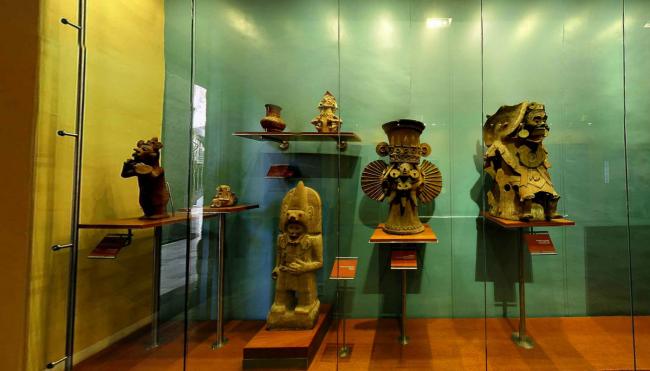
Two Isolated Continents
Sala
For millennia, the peoples of Europe and the land that would later be called America remained unaware of each other, separated by the vast Atlantic Ocean. It wasn’t until 1492 that these two worlds came into contact, ushering in a new era in global history.
The marriage of Ferdinand of Aragon and Isabella of Castile, the end of centuries of Muslim rule in Spain with the conquest of Granada in 1492, and the expulsion of the Jewish population all contributed to the political unification of Spain under a single monarchy. These events enabled Spain to emerge as one of the most powerful and influential kingdoms in modern Europe.
Meanwhile, the land that we now know as Mexico was home to a wide range of human societies. In the central and southern regions—known as Mesoamerica—ancient civilizations had flourished, and by the early 16th century, they had evolved into powerful societies with their own patron deities. In the north, more diverse groups of farmers and hunter-gatherers lived, with equally complex social structures.
Pre-Hispanic society was multicultural. Despite many shared traits, the peoples of Mesoamerica were not unified under a single national identity. Each community saw itself as an "altépetl"—a self-governing city-state, often symbolized as "water-mountain."


